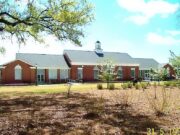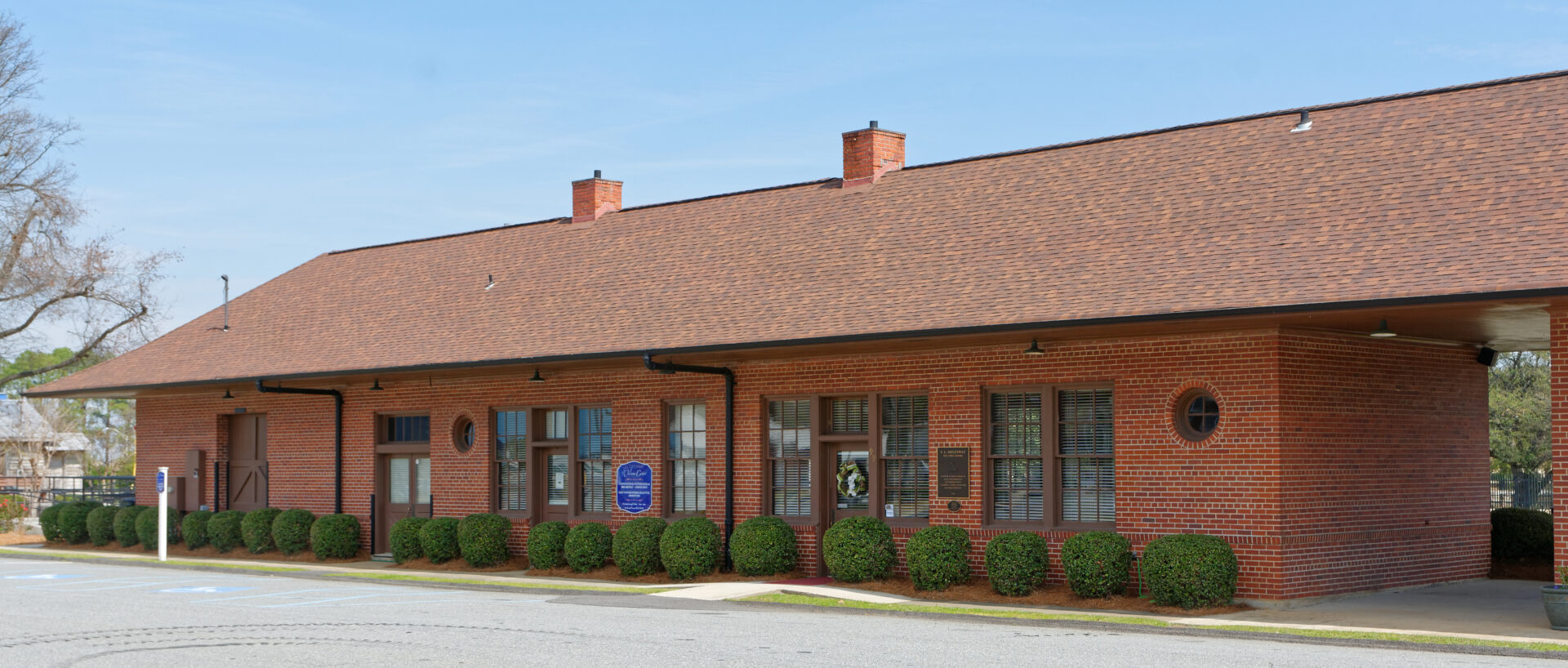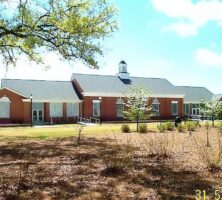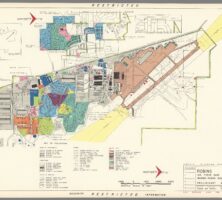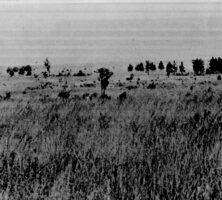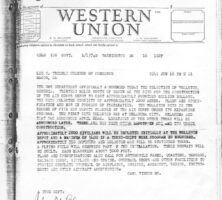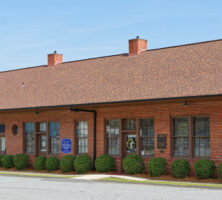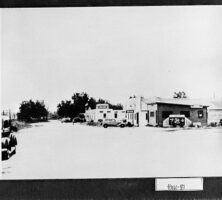Warner Robins is located in the northern part of Houston County, about halfway between Macon and Perry, in the geographic center of Georgia. The town has evolved from a railroad stop in the midst of farmlands to a military community and the home of Georgia’s largest industrial complex, Robins Air Force Base.

Early History
Houston County was created in 1821 from land ceded to the state by the Creek Indians in the Treaty of Indian Springs. For nearly fifty years the farm community was known as York, after the federal post office located in a country store. After the Civil War (1861-65) the Georgia Southern and Florida Railroad planned to connect the rail line between Macon and Perry. The chief engineer, William H. Wells, became friends with a plantation owner, Henry Feagin Jr., who donated 100 acres on which to build a train station. When the job was completed, Feagin named the station and the community Wellston, after Wells. For the next sixty years the area remained a whistle stop surrounded by dairy farms, corn fields, peach orchards, and pecan groves. In the early 1930s middle Georgia, like the rest of the state, bent under the grinding poverty of the Great Depression.
Creation of a Military Town
Interested in attracting jobs, some area business leaders embraced the growing defense industry. Led by Macon mayor Charles Bowden and Macon Chamber of Commerce chair Lee Trimble, and supported by U.S. congressman Carl Vinson of Milledgeville, the middle Georgia business community invited the U.S. Army to locate an aviation logistics depot and flying field in the region. In June 1941, after months of competition with other sites, the War Department announced that it would build the depot on land east of the railroad about sixteen miles south of Macon along what is today state highway 247.
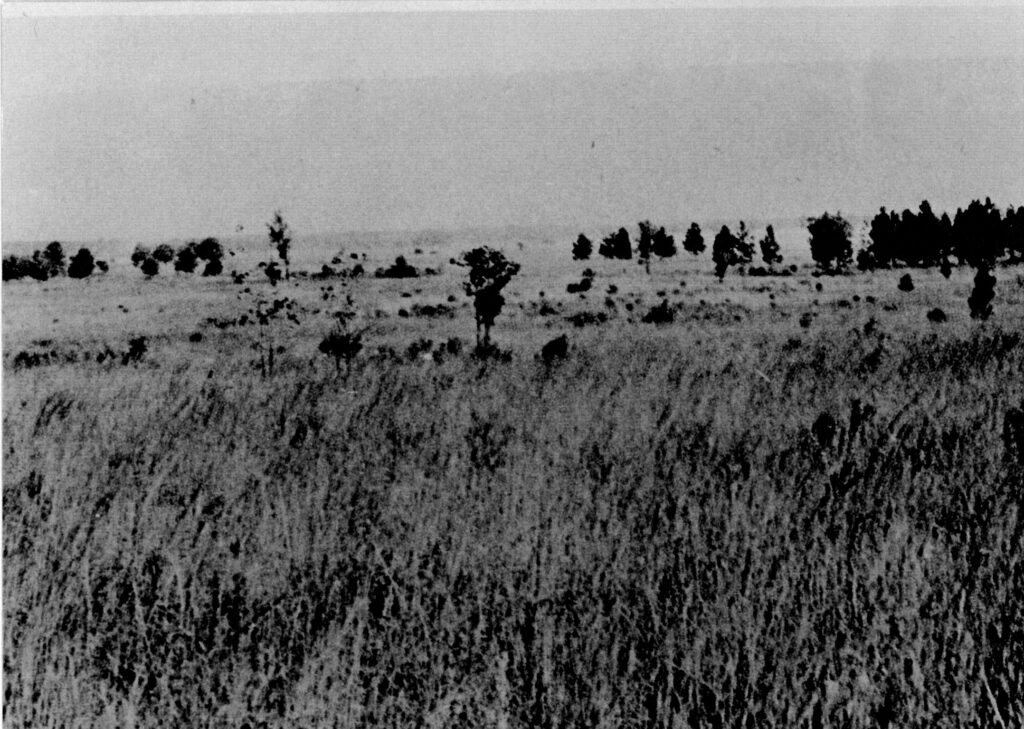
The city of Macon and Bibb County purchased 3,108 acres from 47 local farm families for just over $97,000 and donated the property to the army air forces in August 1941. Formal ground breaking took place in September. The government purchased more land totaling 2,700 acres for $93,870 in early 1942.
Wellston town leaders, led by postmaster Charles Watson and his brothers, helped win the contract, at least in part, by donating land for the town’s first school and other civic buildings. Area leaders also obtained a promise from Wellston Housing Company to construct 2,000 affordable homes in 1942 and more later. Construction of Robins Manor began on July 30, 1942, and over the next three years, thousands of new homes sprung up around the heart of the town’s business district, known as Commercial Circle.

The first depot commander, Colonel Charles E. Thomas, sought to rename the depot for his late mentor and one of the air corps’ first logisticians, Brigadier General Augustine Warner Robins. Since depots were named after the nearest town or city, Thomas lobbied to change the town’s name. The citizens agreed, and on September 1, 1942, Wellston became Warner Robins. The following March, Warner Robins was incorporated.
During World War II (1941-45) Robins Field employed 23,670 personnel, and Warner Robins thrived. Following the war, the workforce was reduced to just 3,900. In 1947 Robins Field was redesignated the Warner Robins Air Materiel Area, Robins Air Force Base. The Berlin Blockade and Airlift (1948-49), the Korean War (1950-53), and the cold war escalation of the 1950s and 1960s created jobs in Warner Robins, and the workforce grew to more than 15,000, while the city’s population topped 20,000.
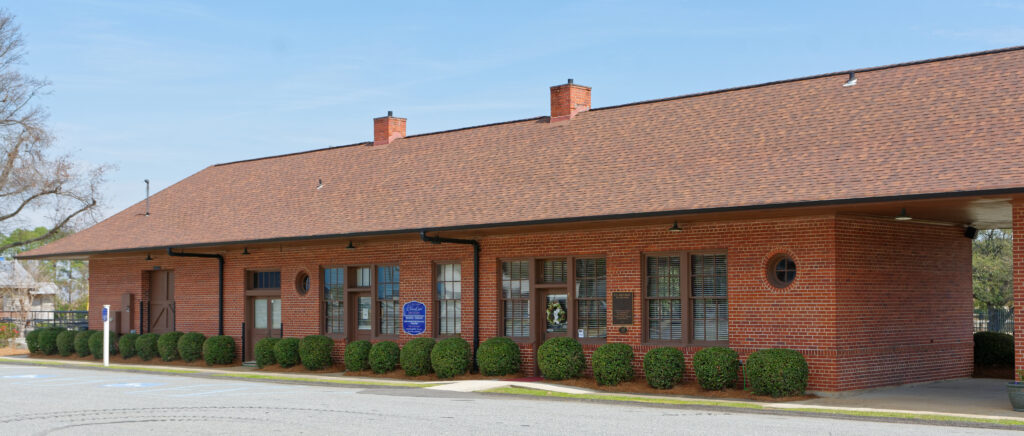
Today, Robins Air Force Base is the largest industrial complex in Georgia, and a great number of Warner Robins’s residents are former military personnel who have settled and are working in the area. Dozens of aerospace and technology companies, including Boeing, Northrop Grumman, TRW Radio Systems, and SAIC, have located major facilities in and around Warner Robins. The city is also home to the Macon campus of Central Georgia Technical College.
According to the 2020 U.S. census, the population was 80,308, an increase from the 2010 population of 66,588.


